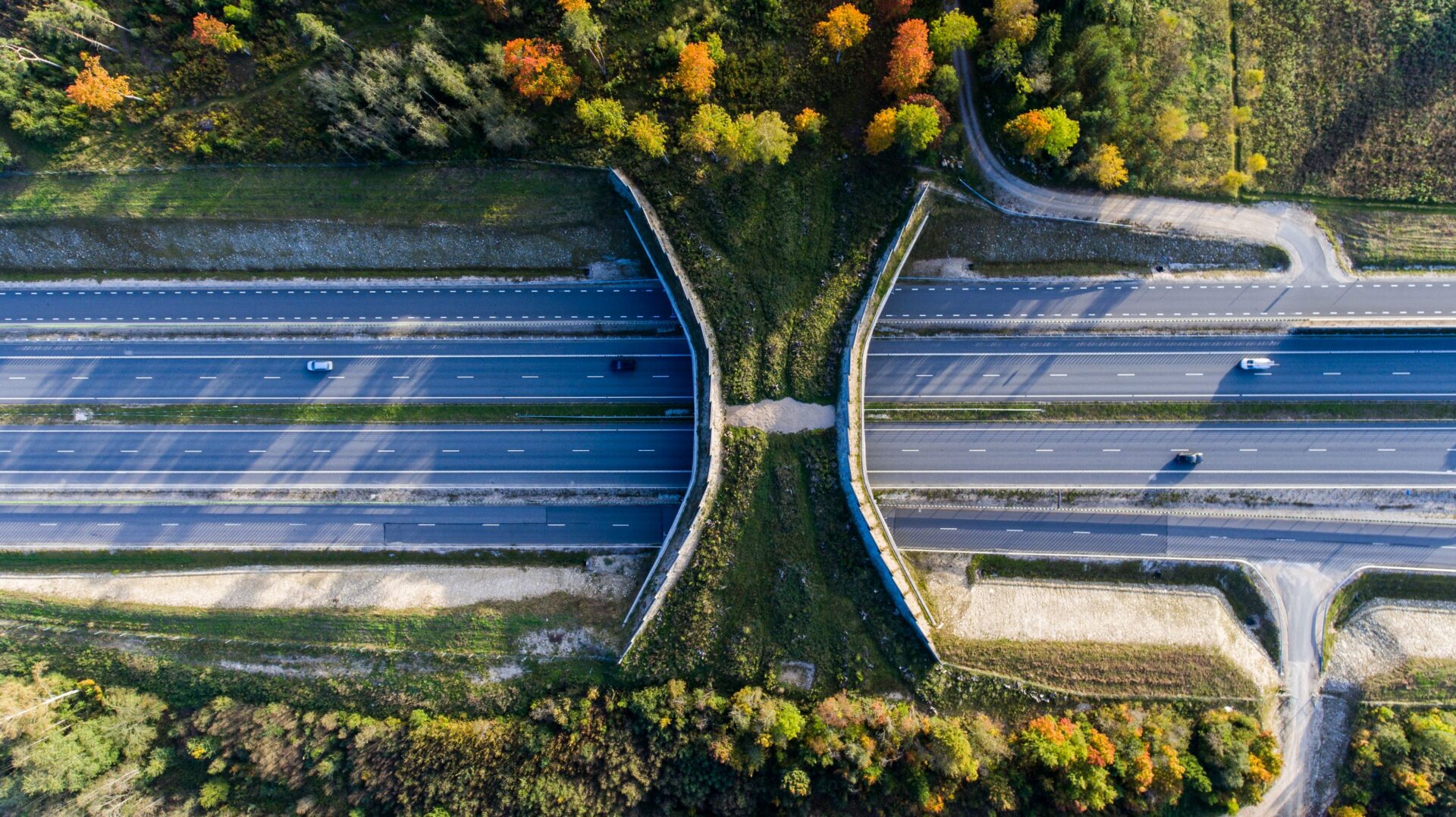
MOOC: Auditing the Sustainability of Infrastructure
Module 2: Governance Tools and Methods
After completing the second module, you should know the main governance tools used for managing the sustainability of infrastructure. These tools are brought out according to the stages of infrastructure development introduced in the previous module.
The ‘INTOSAI WGEA research paper’ presents a range of tools and measures used by governments to better address the environmental issues related to an infrastructure project. Though many of these tools can also be used to address the economic and social issues related to infrastructure development, we have added some tools to better cover these aspects.
There are tools which can be implemented in a certain phase of the infrastructure development process or throughout the infrastructure’s lifecycle, with the aim of minimising or mitigating the adverse impacts and maximising the positive impacts of developing infrastructure.
The infrastructure development model from the auditor’s point of view
The following sections examine the tools, structures and processes highlighted in the video above. These tools and processes are generic and apply to the governance of infrastructure projects of different types, from the building of roads to the construction of dams and electricity networks. They can be used to minimise or mitigate negative environmental and sustainability impacts or maximise the potential positive impacts arising during the lifecycle of infrastructure projects.
The tools and processes are presented in the order of the infrastructure development model established in the video above, but the timing of the use of the tools or processes is not fixed – there may be value in their use in successive stages of the lifecycle of an infrastructure project.
This chapter will also provide audit examples based on the experience of SAIs around the world. Infrastructure audits can have a wide or a narrow focus. A wider focus may include auditing how effective the government has been in setting rules for infrastructure development or whether the environmental and socio-economic assessments and monitoring system guarantee a clean environment as well as infrastructure that takes people’s needs into consideration. When taking a narrower view, you can focus on a specific project development and analyse whether, for example, the project is within the agreed-upon budget and timeline. Auditors can also look at how effectively negative social impact is minimised during the operating stage or how environmental safety is ensured during closure and decommissioning.
Though this course will give you an overview of the main tools used, auditors do not and cannot be expected to be experts in all of the available tools. Depending on the mandate and practices of each SAI, an auditor might solicit the opinion of an independent external expert, be it a lawyer or a university professor who is proficient in the field. For example, auditors might want to outsource the job of evaluating an environmental impact assessment or commission a study by lawyers on some difficult legal matters concerning a project.
 |
Audit suggestion!For an example of using independent experts, take a look at this review by the National Audit Office of Estonia (full text available in English), where the SAI solicited a legal analysis (available only in Estonian) of an international treaty to inform the Parliament of the commitments, risks and obligations it is taking on for the country by ratifying the treaty. |
 |
THINKING EXERCISE!Can you think of some dangers that could arise when using the opinion of an external expert in an audit? |


